A ‘contemporary palazzo’ by David Chipperfield and Studio Mark Randel rises in Munich
‘Contemporary palazzo’ housing project in Munich is designed by David Chipperfield and Studio Mark Randel
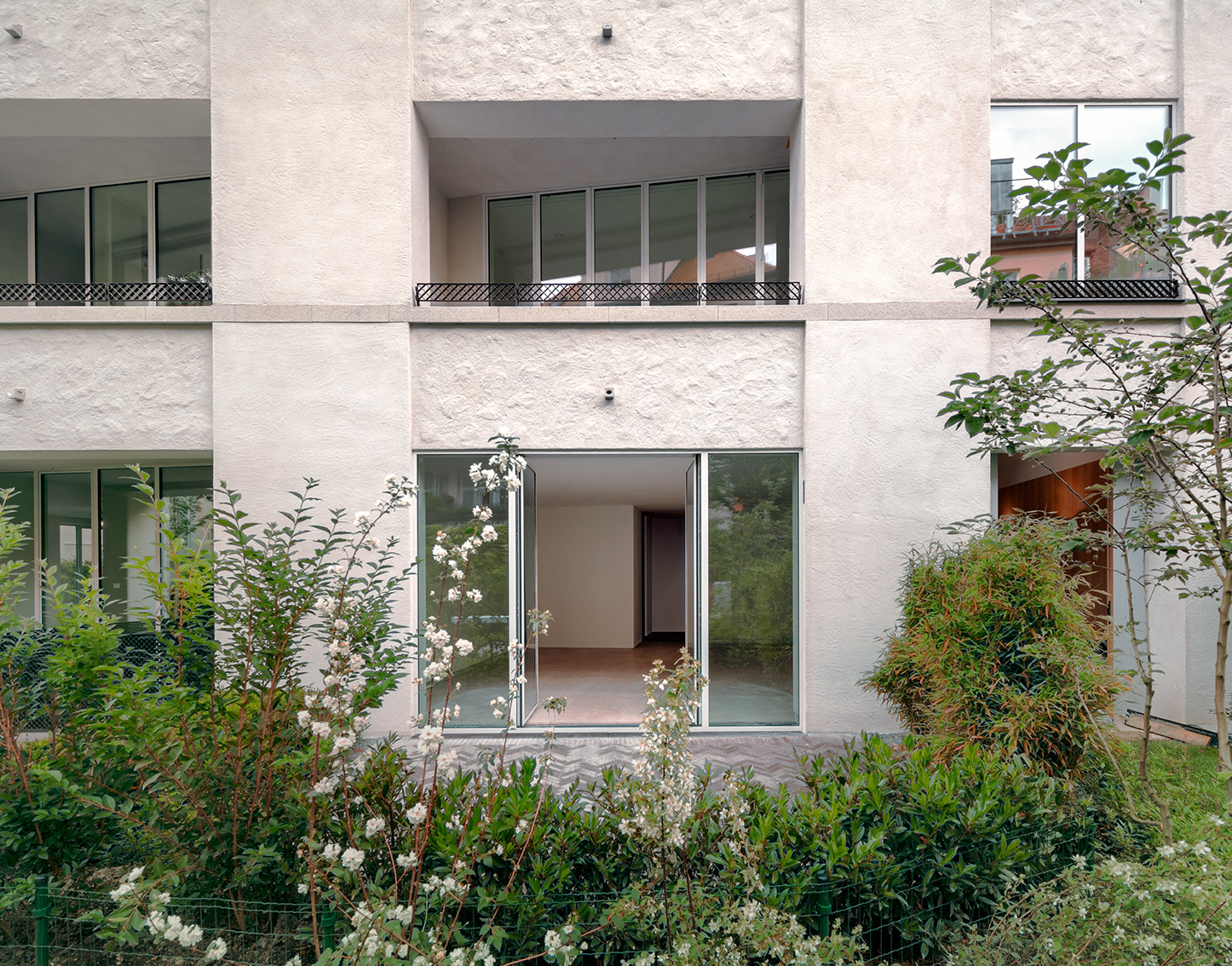
Neighbours of this ‘contemporary palazzo’ by Munich’s Isar River will notice the quiet elegance of a David Chipperfield design. And for all intents and purposes, it is one. Commissioned by German developer Euroboden in 2012, the 12-unit block was developed in-house by the 2023 Pritzker laureate and his then-design director, Mark Randel. When Randel, after more than two decades with the practice, left to set up his own practice in Berlin, the Kolberger 5, as the housing is known, came along. The high-end residence represents a baton-passing from the established Chipperfield approach to Randel, who is slowly finding his own design language.

David Chipperfield's ‘contemporary palazzo’
'I find I’m more into imperfection, and fighting for materials that are less refined,' he says. 'When I use real stone, I just let it be.'
You can spot the difference outside, in the subtle contrast between plaster applications, and in the cast-bronze lattice balustrades – perhaps less ascetic than the typical project by Chipperfield. Incidentally, the team erected a 1:1 model of the façade ahead of construction, to test the materials against weather and determine the fit.

Euroboden spared little expense on this bowed residential street in moneyed Bogenhausen, where every unit gets a sweeping view of parkland in one direction and city spires in the other. The two-storey penthouse, equipped with a circular staircase of solid travertine, tops out the five storeys, as per the neighbourhood vernacular established by city planner Theodor Fischer during the Gründerzeit, or 'boom', of the late 19th century. Prices are more vertiginous, climbing from €20,000 per square metre for the ground-floor flat.
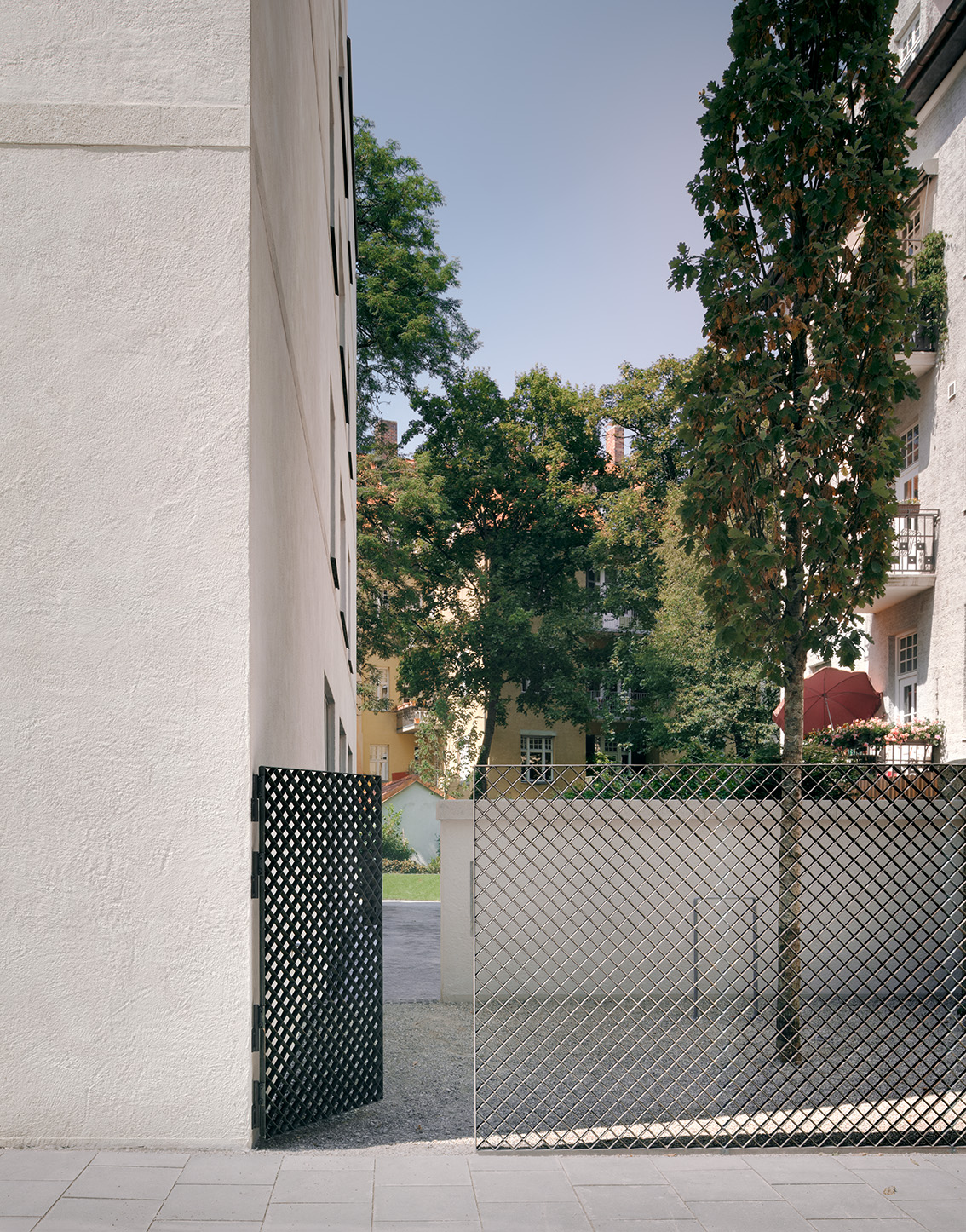
A certain buyer would recognise the value of living in a Chipperfield joint. The vaulted foyer, enveloped in European oak, is lit from clerestory windows and a Viabizzuno pendant system from Munich lighting boutique Occhio. The concierge gets his own suite, with discrete storage for deliveries. The entry stairs – travertine again – were finessed by Munich’s top stone mason, amusingly named Steininger, almost a direct translation.

‘I can count on one hand the different materials we used in the construction,’ says Julia Wöhr, Euroboden’s project manager. She stands beneath the main stairwell, a sculptural oak ziggurat winding upward through a skylit void. To preview the impact it would make in the space, she travelled to London’s Old Bond Street, where Chipperfield designed a similar wood stair for the Valentino flagship.
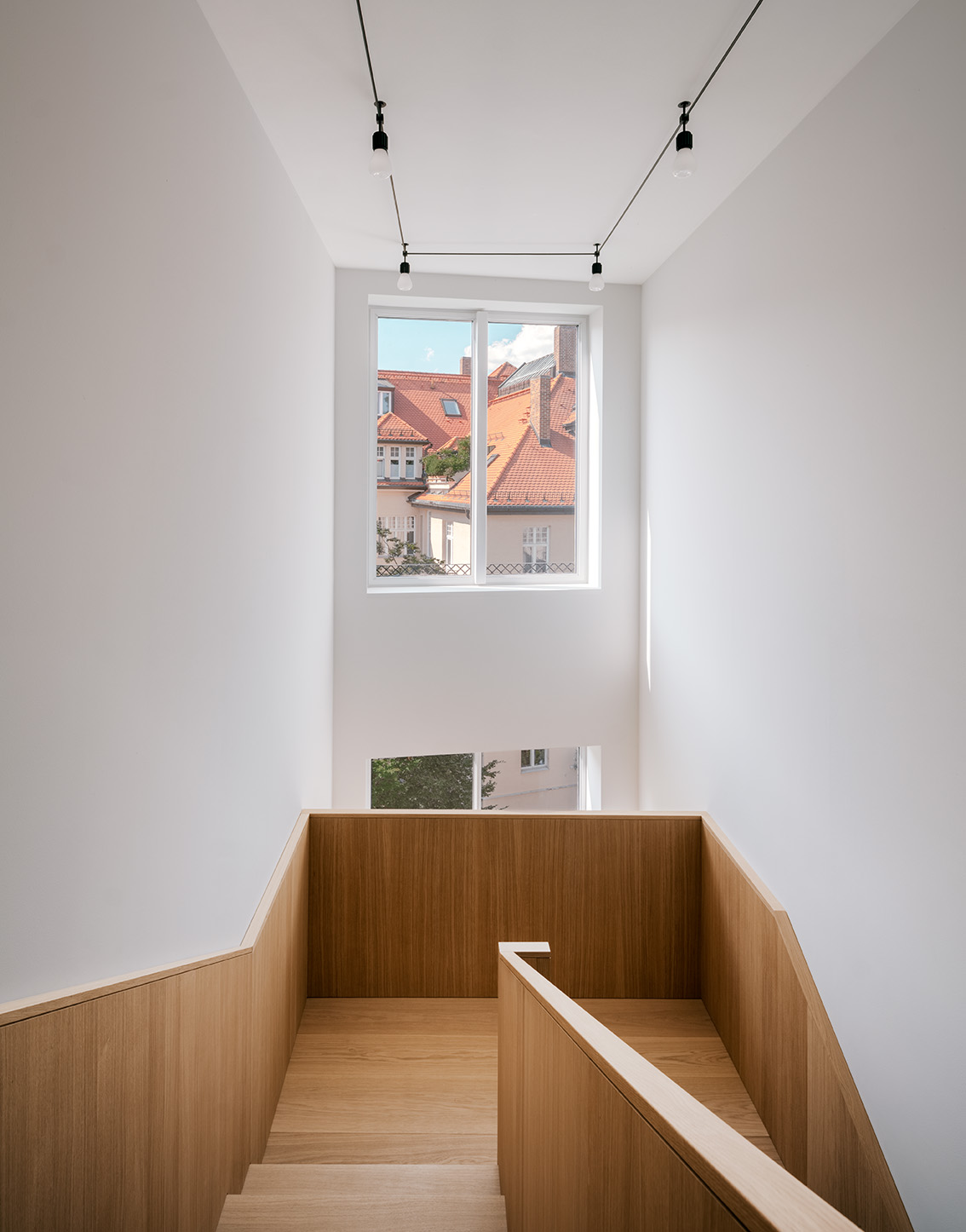
Visual interest comes through striations in the wood and the aforementioned imperfections. ‘The luxury is understated,’ says Randel. ‘It is walking barefoot on real wood, on real stone, living with all natural materials.’ In the main bathrooms, Steininger carved soaker tubs from raw blocks of Travertini paradiso from Tuscany.
Receive our daily digest of inspiration, escapism and design stories from around the world direct to your inbox.
Randel says hundreds of trades worked on site over ten years. Now that they’re gone, the occupants are left with birdsong from the serpentine gardens and a swish-swish from trees you can almost touch.
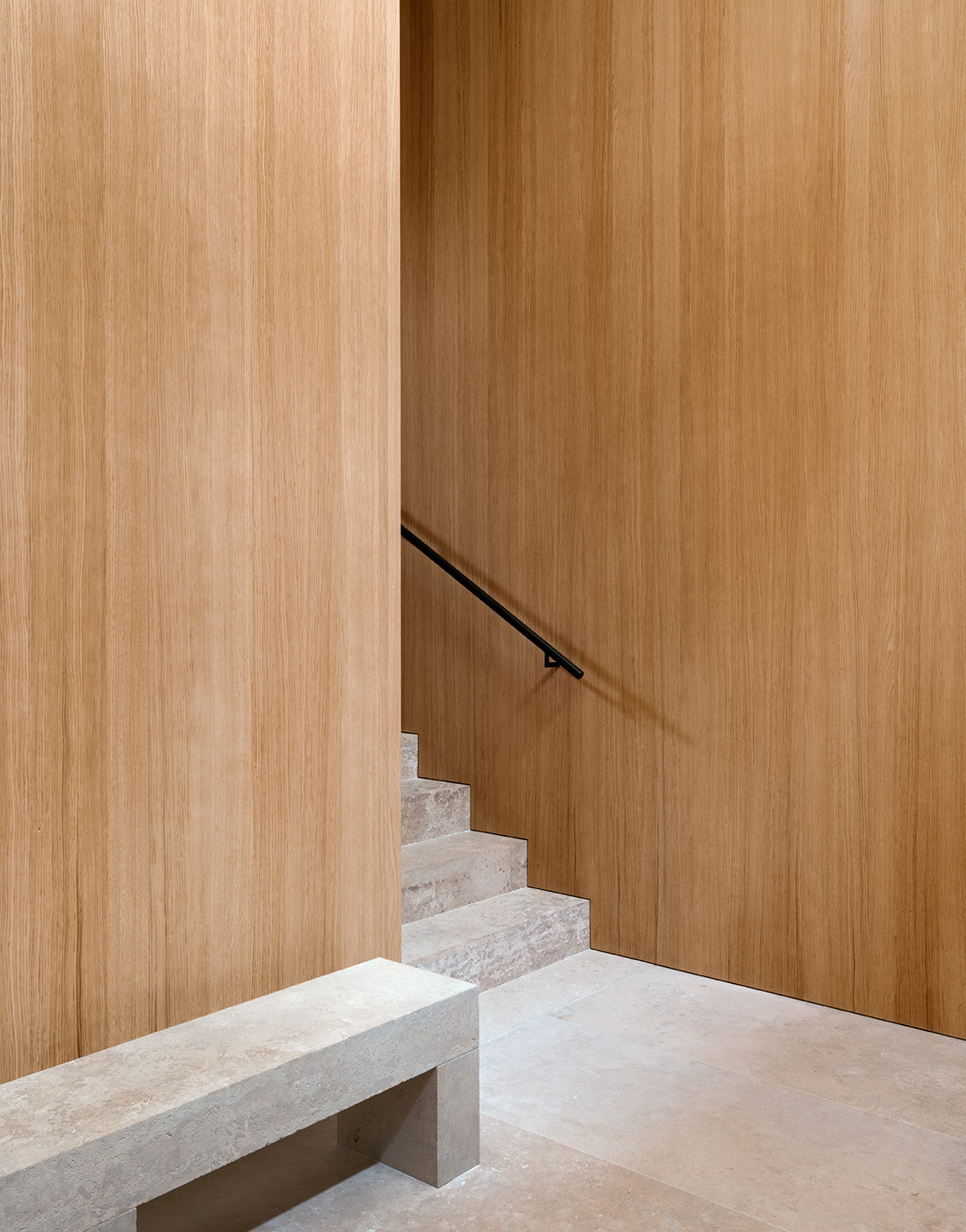


Based in London, Ellen Himelfarb travels widely for her reports on architecture and design. Her words appear in The Times, The Telegraph, The World of Interiors, and The Globe and Mail in her native Canada. She has worked with Wallpaper* since 2006.
-
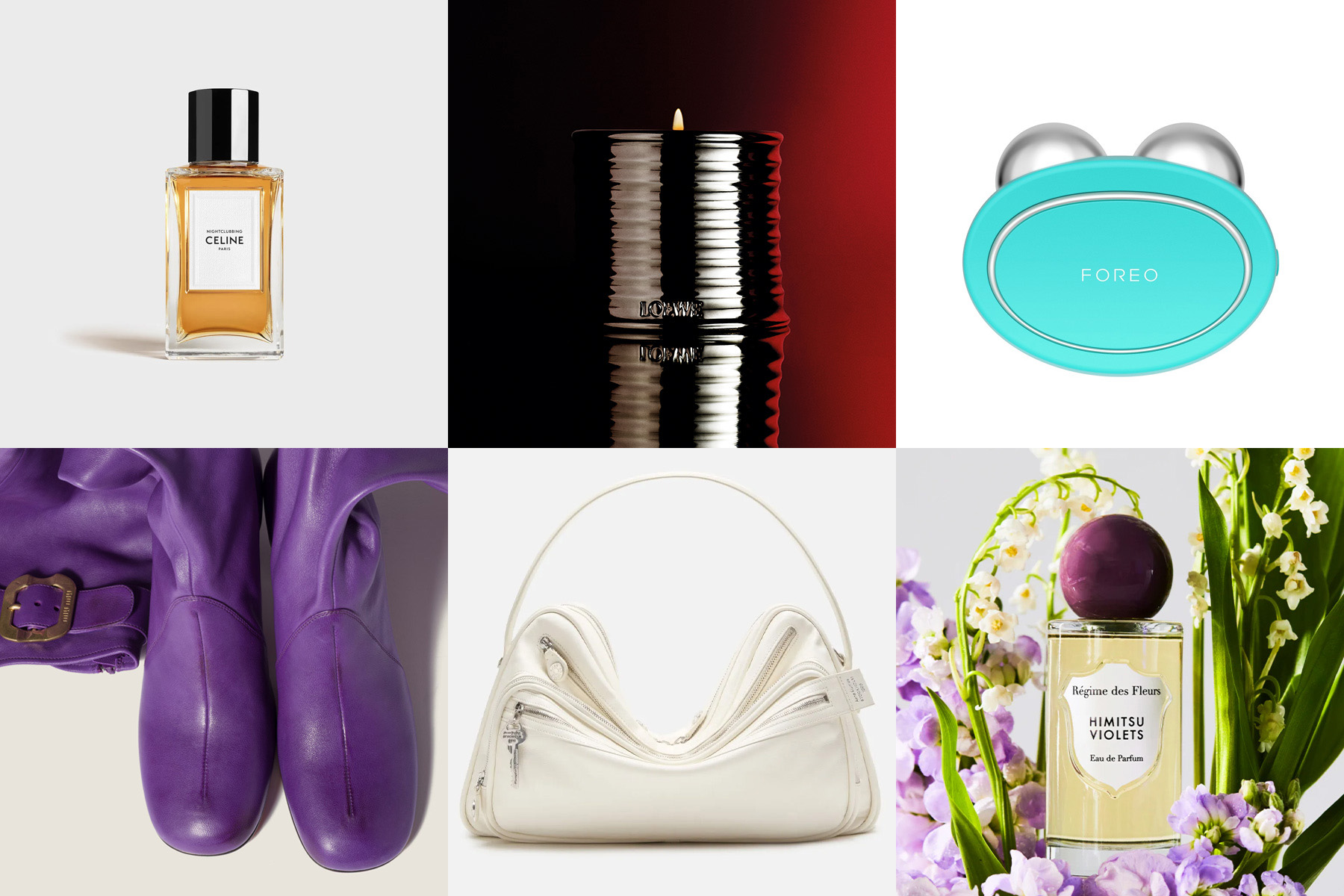 Wallpaper* Gift Guides: What beauty editor Mary Cleary has on her wishlist
Wallpaper* Gift Guides: What beauty editor Mary Cleary has on her wishlistWallpaper* contributing beauty editor Mary Cleary shares the items she is hoping to unwrap this holiday season – from transporting fragrances to a must-have skincare device
-
 A Dutch visitor centre echoes the ‘rising and turning’ of the Wadden Sea
A Dutch visitor centre echoes the ‘rising and turning’ of the Wadden SeaThe second instalment in Dorte Mandrup’s Wadden Sea trilogy, this visitor centre and scientific hub draws inspiration from the endless cycle of the tide
-
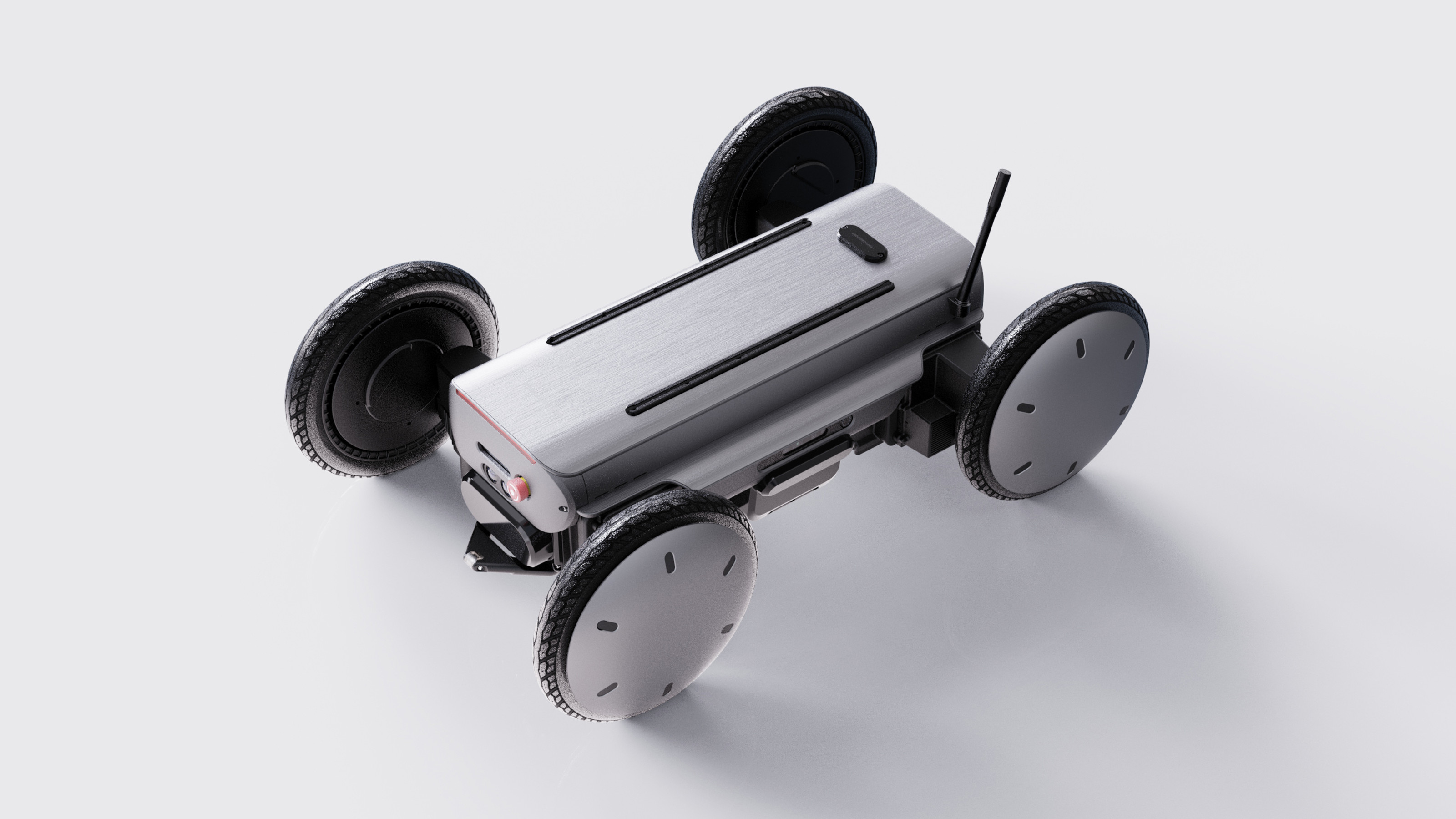 Hyundai is the latest car company to get into robotics: meet the Mobile Eccentric Droid
Hyundai is the latest car company to get into robotics: meet the Mobile Eccentric DroidThe MobED is a new product from Hyundai’s Robotics LAB, pitched at last-mile delivery and industrial applications
-
 Doshi Retreat at the Vitra Campus is both a ‘first’ and a ‘last’ for the great Balkrishna Doshi
Doshi Retreat at the Vitra Campus is both a ‘first’ and a ‘last’ for the great Balkrishna DoshiDoshi Retreat opens at the Vitra campus, honouring the Indian modernist’s enduring legacy and joining the Swiss design company’s existing, fascinating collection of pavilions, displays and gardens
-
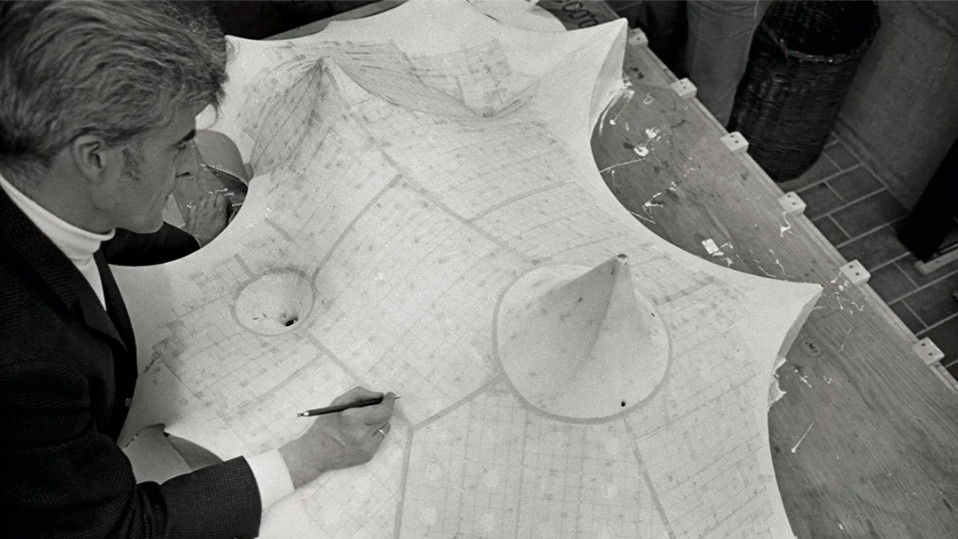 A new book delves into Frei Otto’s obsession with creating ultra-light architecture
A new book delves into Frei Otto’s obsession with creating ultra-light architecture‘Frei Otto: Building with Nature’ traces the life and work of the German architect and engineer, a pioneer of high-tech design and organic structures
-
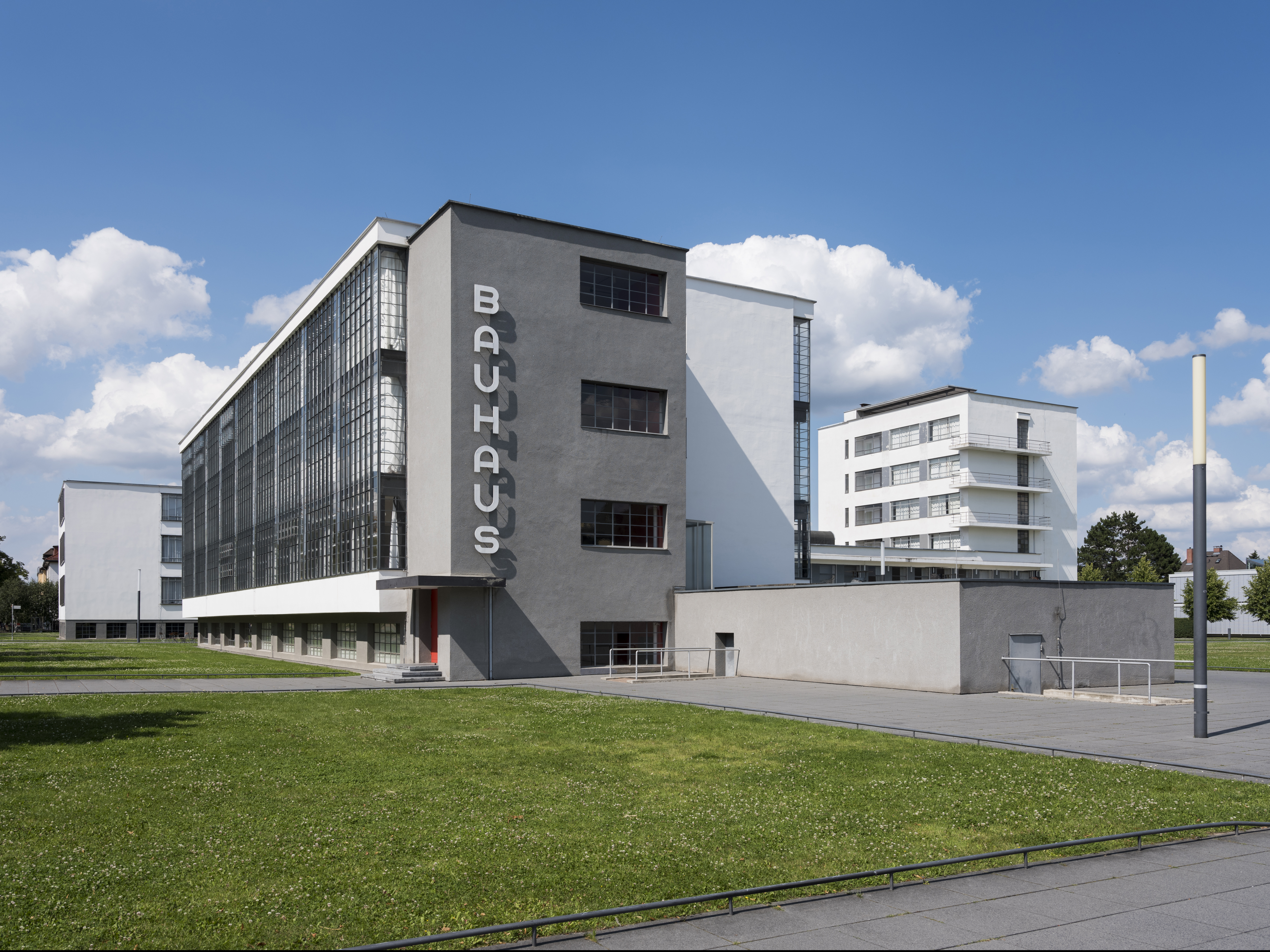 What is Bauhaus? The 20th-century movement that defined what modern should look like
What is Bauhaus? The 20th-century movement that defined what modern should look likeWe explore Bauhaus and the 20th century architecture movement's strands, influence and different design expressions; welcome to our ultimate guide in honour of the genre's 100th anniversary this year
-
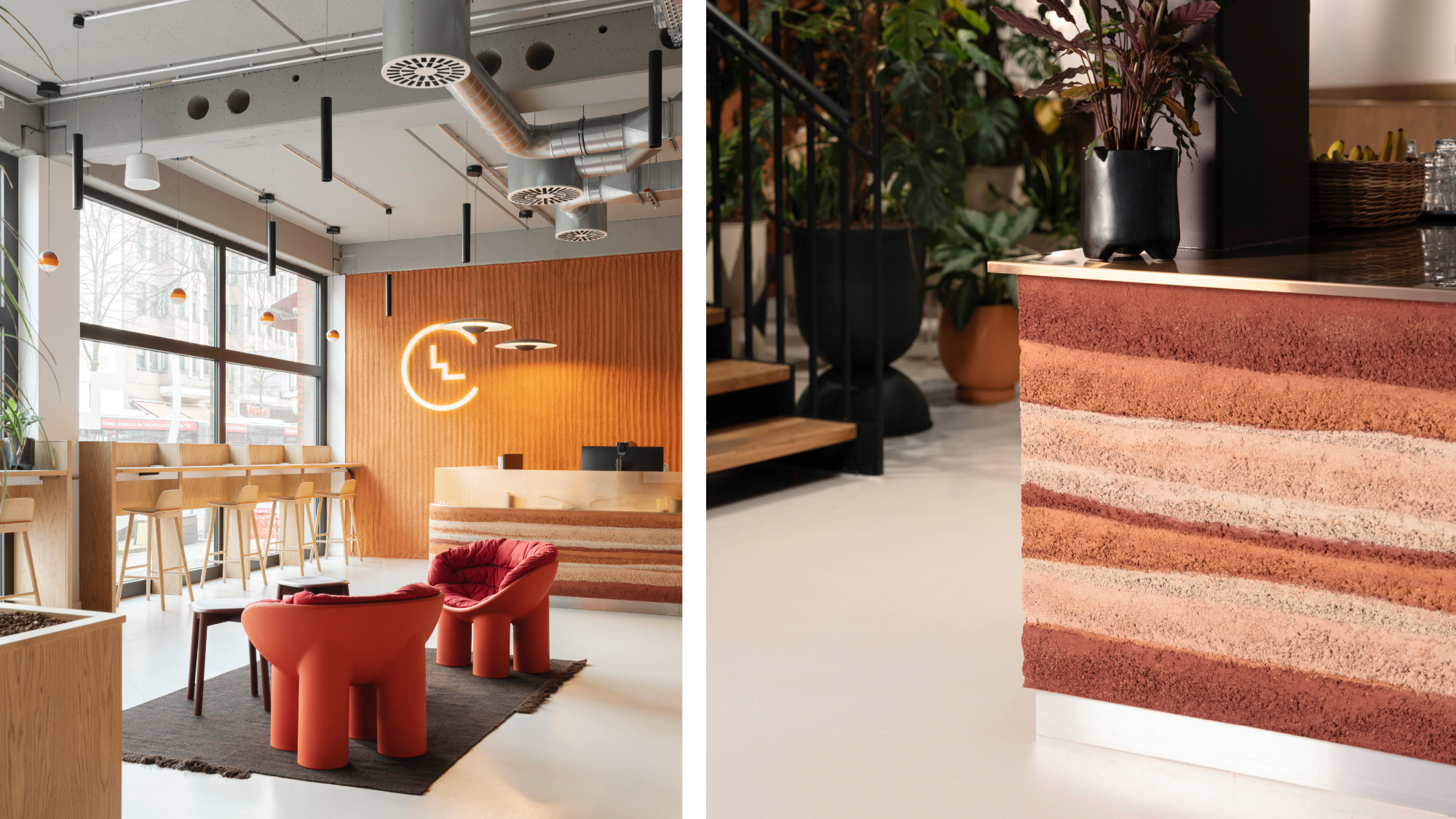 Step inside Clockwise Bremen, a new co-working space in Germany that ripples with geological nods
Step inside Clockwise Bremen, a new co-working space in Germany that ripples with geological nodsClockwise Bremen, a new co-working space by London studio SODA in north-west Germany, is inspired by the region’s sand dunes
-
 Join our world tour of contemporary homes across five continents
Join our world tour of contemporary homes across five continentsWe take a world tour of contemporary homes, exploring case studies of how we live; we make five stops across five continents
-
 A weird and wonderful timber dwelling in Germany challenges the norm
A weird and wonderful timber dwelling in Germany challenges the normHaus Anton II by Manfred Lux and Antxon Cánovas is a radical timber dwelling in Germany, putting wood architecture and DIY construction at its heart
-
 A Munich villa blurs the lines between architecture, art and nature
A Munich villa blurs the lines between architecture, art and natureManuel Herz’s boundary-dissolving Munich villa blurs the lines between architecture, art and nature while challenging its very typology
-
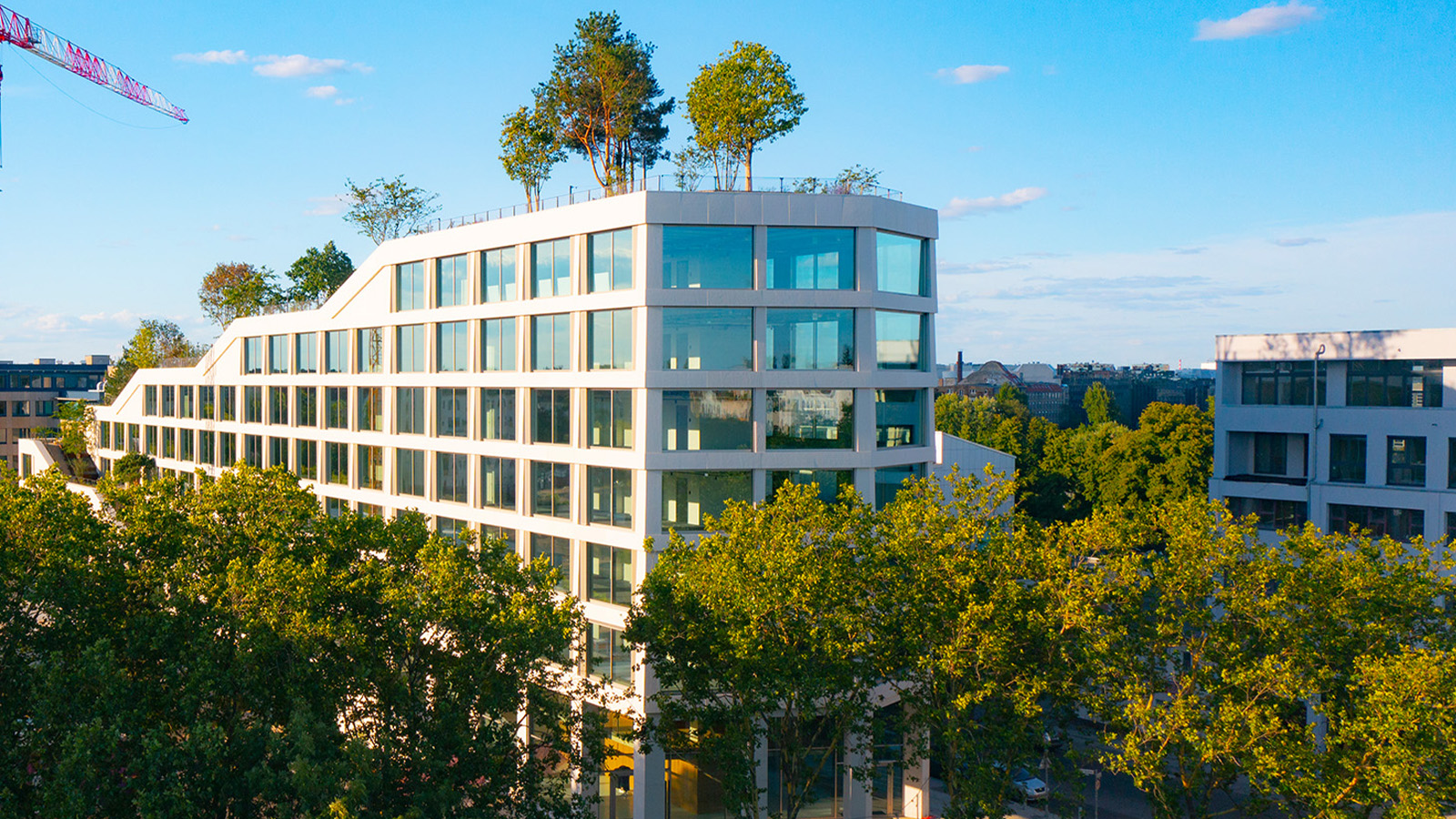 A Berlin park atop an office building offers a new model of urban landscaping
A Berlin park atop an office building offers a new model of urban landscapingA Berlin park and office space by Grüntuch Ernst Architeken and landscape architects capattistaubach offer a symbiotic relationship between urban design and green living materials